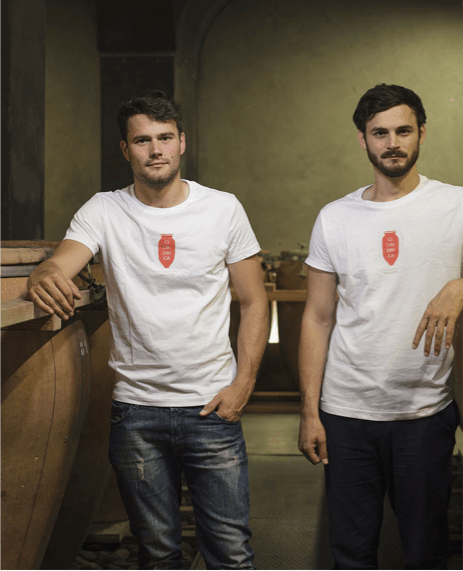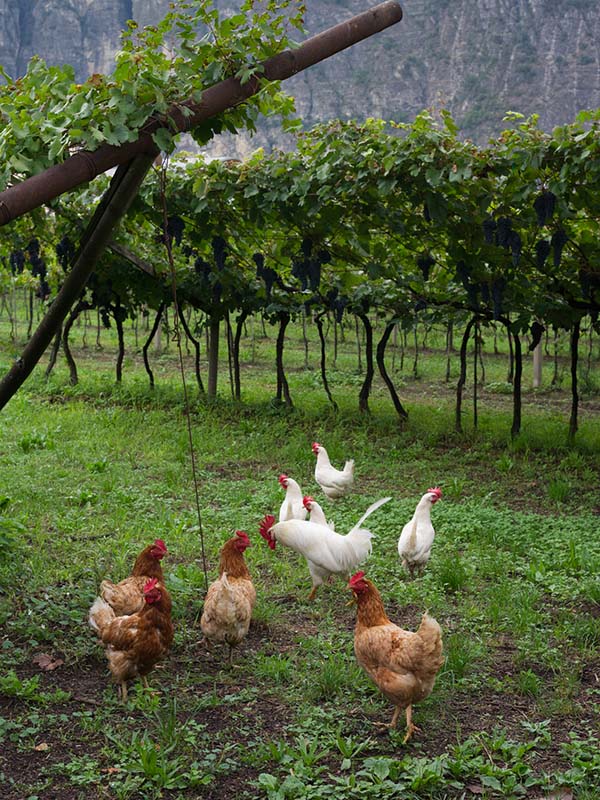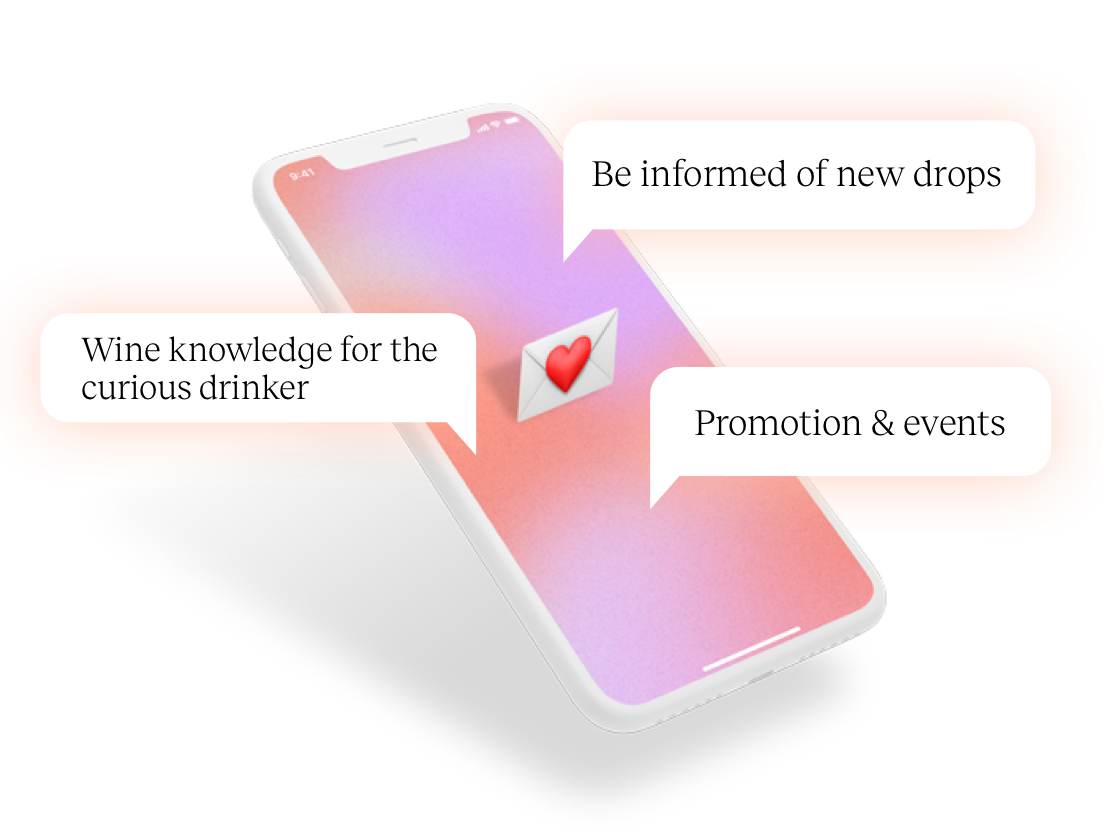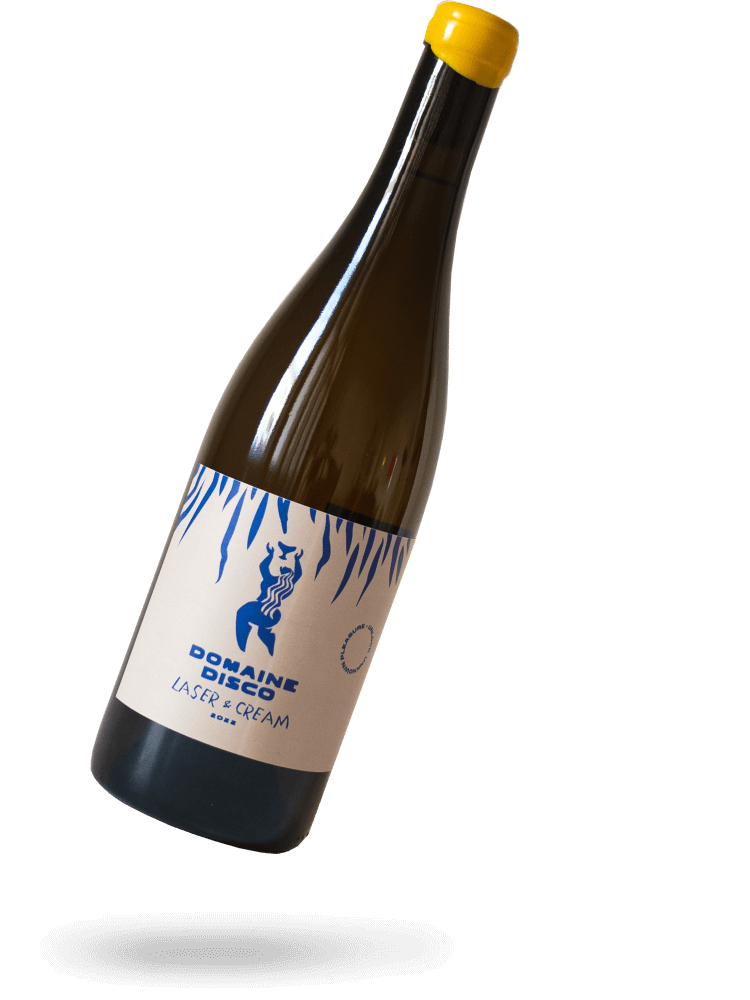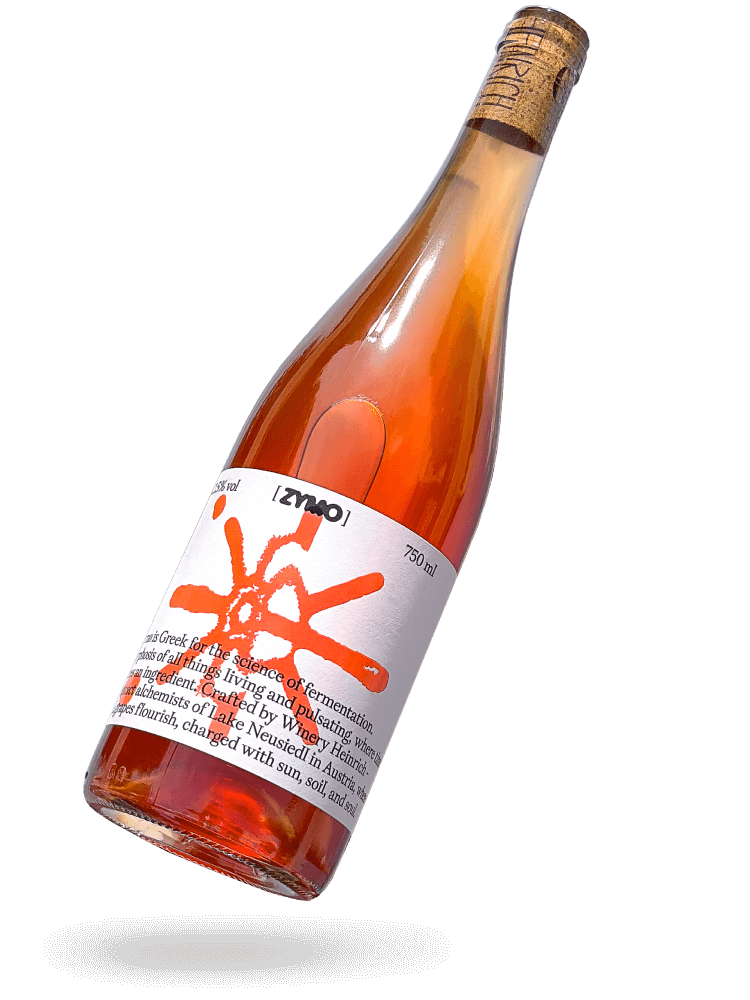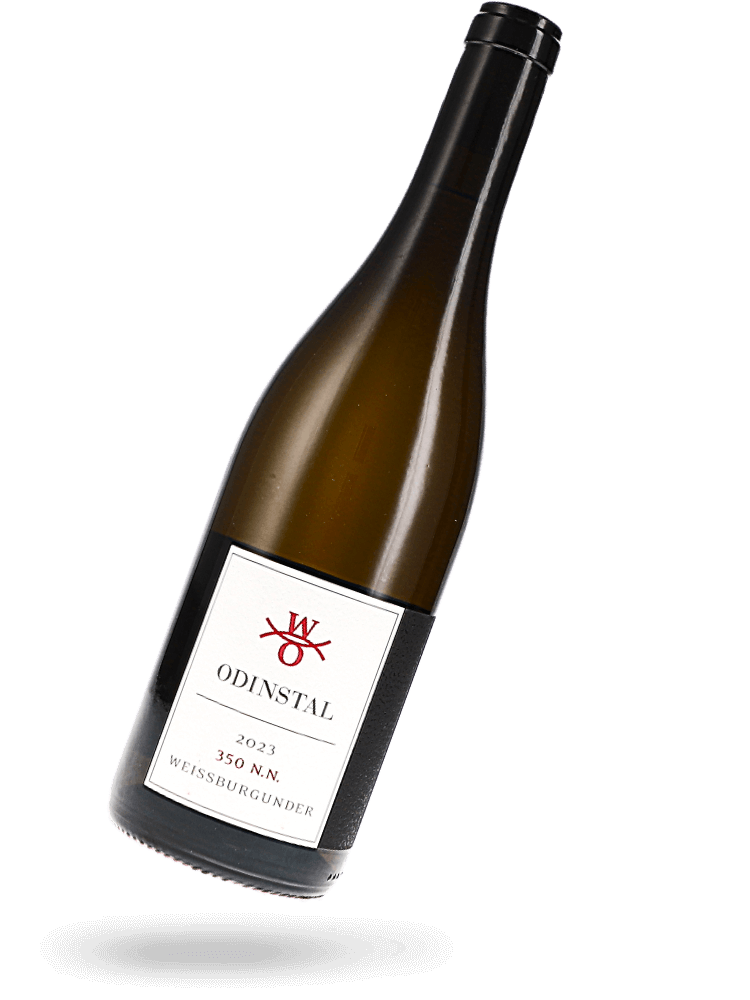The work is measured against time, against the rhythms of nature, against the expectation that the vine will grow, age and bear fruit. The expressive spontaneity of a wine full of life allows it to constantly change, to reveal itself in its essence.
The fermentation takes place in different containers in which the wine is also aged. The clay of the Tinajas amphorae gives the grapes full freedom of expression and the wine a chance to reconnect with the earth.
Sulphites are only added after the first racking, which usually takes place 6-8 months after removal from the skins. In this way, the bottled wine contains no more than 30 mg/L of sulphur dioxide. All products are bottled without filtration.











